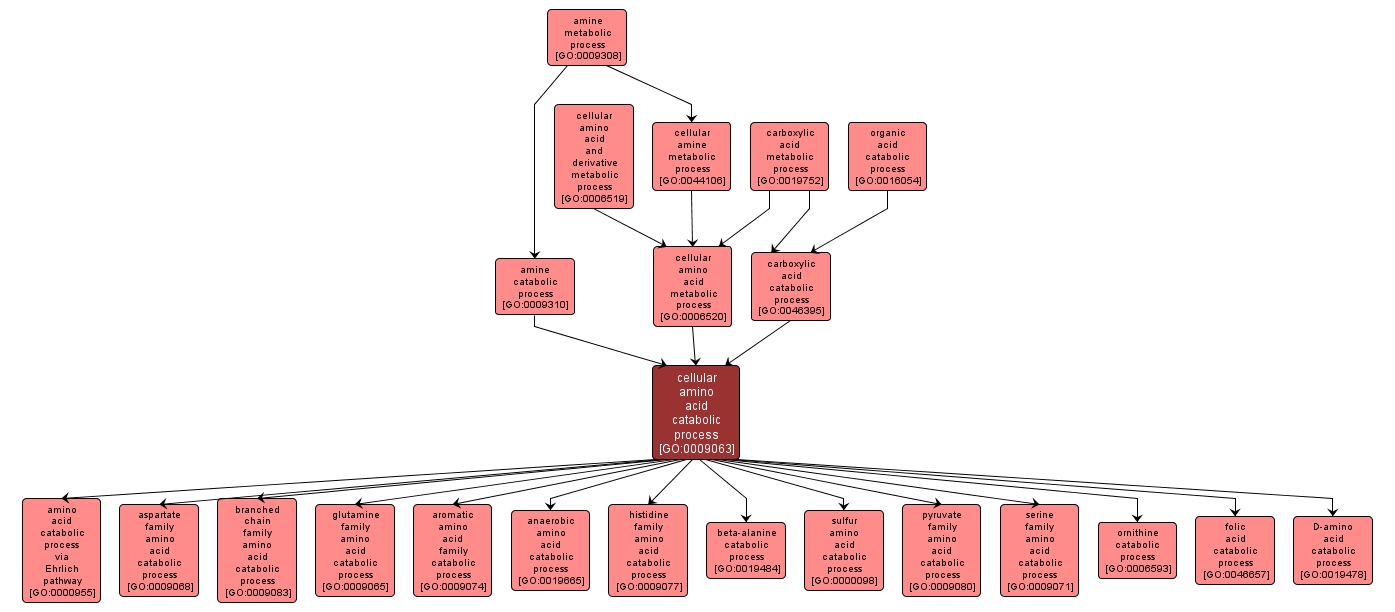GO TERM SUMMARY
|
| Name: |
cellular amino acid catabolic process |
| Acc: |
GO:0009063 |
| Aspect: |
Biological Process |
| Desc: |
The chemical reactions and pathways resulting in the breakdown of amino acids, organic acids containing one or more amino substituents. |
Synonyms:
- cellular amino acid catabolism
- amino acid catabolic process
- cellular amino acid degradation
- cellular amino acid breakdown
|
|

|
INTERACTIVE GO GRAPH
|














